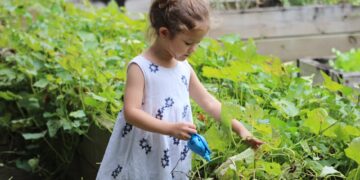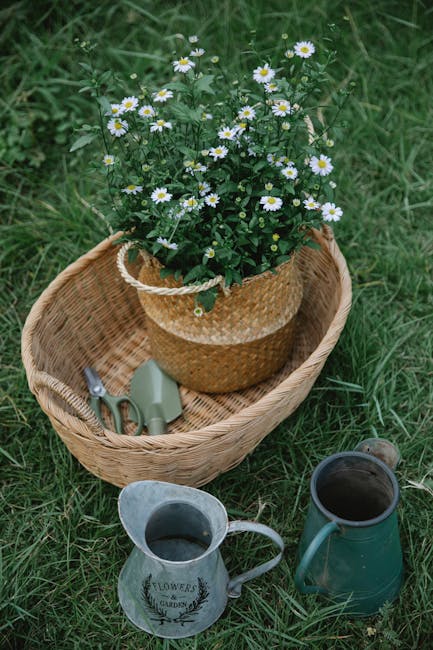Unleashing Creativity with Tool Kits: A Comprehensive Guide
Creativity isn’t just a spark in the dark—it’s a flame that can be fueled and nurtured with the right tools and environment. Whether you’re a budding artist, a hopeful hobbyist, or a professional looking to innovate, understanding how to harness your creative potential through various tool kits can be a game-changer. In this comprehensive guide, we will explore how different types of tool kits can ignite your creative journey, making the process both enjoyable and effective.
Understanding Creativity Tool Kits
A creativity tool kit isn’t just a box of physical items; it’s a collection of resources, methodologies, and inspirational triggers that help individuals or groups generate creative ideas and solutions. These kits can be tailored to specific fields such as writing, art, music, or even business innovation.
Types of Tool Kits
- Artistic Tool Kits: Include supplies like paints, sketchpads, various kinds of brushes, and canvases, designed to give artists the mediums to express their visions.
- Writing Tool Kits: Consist of idea journals, writing prompts, books about writing, and perhaps subscription access to literary websites.
- Music Tool Kits: Can have musical instruments, sheet music, recording devices, and software that helps with composing and arranging music.
- Innovation Tool Kits: Equip business professionals with brainstorming tools, project management software, and creativity exercises that encourage thinking outside the box.
How Tool Kits Foster Creativity
Providing the necessary tools in an accessible format does more than just help us perform tasks; it creates a conducive environment for innovation and expression. Let’s explore how they contribute to unleashing creativity.
Encouragement of Experimentation
Tool kits often come with a variety of components that encourage users to try new things. For instance, an artist’s tool kit might include different types of paint (watercolor, acrylics, oils) which invites the artist to experiment with each medium and perhaps discover a new favorite.
Reduction of Preparatory Time
When all the necessary tools are at hand, individuals spend less time preparing and more time delving into the creative process. This efficiency boosts morale and keeps the focus on innovation.
Guidance and Inspiration
Many creativity kits come with instructional material or inspirational content such as books, online course subscriptions, or even expert consultations. These resources are pivotal in providing guidance and sparking new ideas.
Building Your Own Creativity Tool Kit
While pre-packaged kits are available, building a personalized tool kit can be particularly rewarding. Here’s how to create a tool kit tailored to your creative needs.
Identify Your Creative Outlet
First, pinpoint what kind of creativity you want to delve into. Are you looking to paint, write, craft, make music, or innovate in business? Defining your area of interest will guide the contents of your kit.
Research and Select Tools
Investigate which tools are essential for beginners or professionals in your chosen area. For instance, budding writers might start with a good notebook, a set of pens, and a book on creative writing techniques.
Add Inspirational Sources
Include items in your kit that inspire you. This could be a book of poems that moves you, a set of beautifully photographed landscapes, or even quotes from individuals you admire. Inspiration is as crucial as the tools themselves.
Keep It Organized and Accessible
Ensure that your tool kit is easy to access and well organized. This not only saves time but also makes the process of getting into your creative work seamless and enjoyable.
Utilizing Tool Kits in Educational Settings
Schools and educational institutions can greatly benefit from introducing tool kits into classrooms. These kits not only encourage individual creativity but also promote collaborative learning and problem-solving. For example, science tool kits with experiment supplies can transform a theoretical lesson into a hands-on experience, making learning both effective and memorable.
Examples of Tool Kits in Classrooms
- Storytelling Kits: Contain items like story cubes, character cards, and setting descriptions that help students create their own stories in language classes.
- Robotics Kits: Provide students with the components needed to build and program robots, offering a highly engaging way to learn programming and engineering concepts.
Conclusion
Creativity is a vital aspect of personal and professional growth that can be effectively nurtured with the right set of tools. By understanding, compiling, and utilizing creative tool kits, individuals can harness their creative potential and explore new horizons in any field. Whether it’s through a personally curated set or a classroom-ready package, creativity tool kits open a world of possibilities, inviting everyone to create, innovate, and inspire.




















































